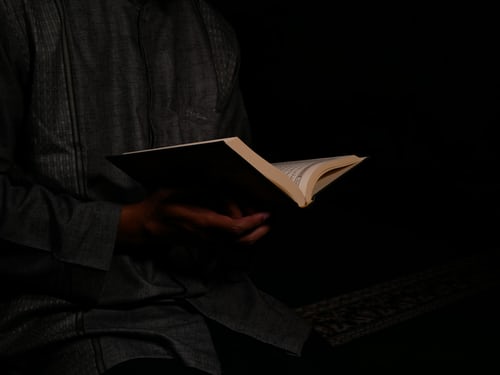Inspiring Older Readers
 posted on 02 Aug 2016
posted on 02 Aug 2016
Regarding the Pain of Others by Susan Sontag
In 1977 Susan Sontag published a fierce critique of photography called On Photography which in many respects defined the terms of that debate for a generation. She returned to the subject twenty-five years later in a short book – almost a post-script to her earlier work – called Regarding the Pain of Others. This was published thirteen years ago, in 2003 and I have just reread it.
While On Photography seemed to question the whole of photography, the latter book has a narrower focus and is concerned primarily with the depiction of suffering and extremis – and how we view such images, and why, and what (if anything) they are intended to achieve. And in doing this there are few issues she doesn’t at least touch on, few angles she hasn’t thought about. But the book is also closely associated with her other more personal essays about the depiction of illness, including her own.
Regarding the Pain of Others takes as its starting point the debate with a possibly fictitious lawyer in Virginia Woolf’s Three Guineas, in which Woolf considers the reasons why she and the lawyer would be unlikely to respond in precisely the same way to identical photographs documenting Franco’s atrocities in the Spanish Civil War (because Woolf is a woman and the lawyer a man and war is “gendered”).
Thirteen years is a long time and I began Sontag’s little book expecting to find it coming from a time now almost as distant as Woolf’s Three Guineas. But as is always the case with Sontag, it isn’t that simple. The problems Sontag identified in photography – its devaluation through over-use, the aestheticisation of suffering, photography as voyeurism – are still with us albeit infinitely greater. And she anticipated so much and so acutely – and typically with such imperious intellectuality – that she can now seem both antiquated and current while somehow still managing to gain from this rather than be diminished by it.
Books about photography usually contain photographs – used by way of illustration, argument, refutation. But this is not Sontag’s way and neither Regarding the Pain of Others nor the earlier On Photography contain a single image. Her thinking about photography is a meditation, an intellectual exercise, not a leaden analysis of individual photographers, schools, movements or trends in photography. Her aim is not to tell us how to look at photographs, or indeed how to understand them. (She assumes that readers can already do this.) No, Sontag’s primary motivation is finding new things to say, new thoughts about photography – however provisional or temporary such thoughts might be, however necessary subsequent revision might prove.
The last third of Regarding is perhaps the most interesting, because the pace quickens and she begins to do what she really does best – argue. And she is sufficiently contrarian to argue with everyone and everything, including herself. She argues with those who are too easily moved by photographs, and those who resist being moved. She argues with those who are cynical about photography. She recognises the almost unimaginable hyper-saturation of images the modern age has brought but tells herself off for ever believing that some kind of “ecology of images” might be possible (how, she demands of herself – by “rationing horror”?).
Stranger still, in singling out one photograph as being “exemplary in its thoughtfulness and power” she chooses not a classic war (or anti-war) photograph, but the invented installation-cum-photograph, “Dead Troops Talk”, a monumental colour print by Jeff Wall from 1992. It shows the aftermath of an ambush on Soviet troops in Afghanistan in 1986.
And yet, she concludes, even if all that photography ever did was help enlarge our sense of the suffering that arises from human wickedness, this would be a good – adding, just in case the point has eluded us, because no one, after a certain age, has a right to “innocence”, to “superficiality”, to “amnesia”.
Would Sontag have given us a third installment of her views on photography? I think she would. There was an awful lot left to explore – new things to say about photography (and the world of photography has continued to change at warp-speed following her death). But we shall never know, of course, because a little over a year after Regarding was published, Sontag died from cancer. In the weeks leading up to her death her partner Annie Leibovitz photographed her extensively – including on her death bed – publishing these pictures in a book called A Photographer’s Life: 1990-2005. The images dramatically divided opinion – exactly, one imagines, as Sontag knew they would and perhaps even intended them to.
I still don’t know quite what made me revisit this particular book, but I’m glad I did. Sontag’s most important essay collections are now available as handsome Penguin Modern Classics and I shall continue the exploration. There is plenty to read, and Sontag is one of that select group whose work is satisfying even when you disagree with her.
Alun Severn
August 2016